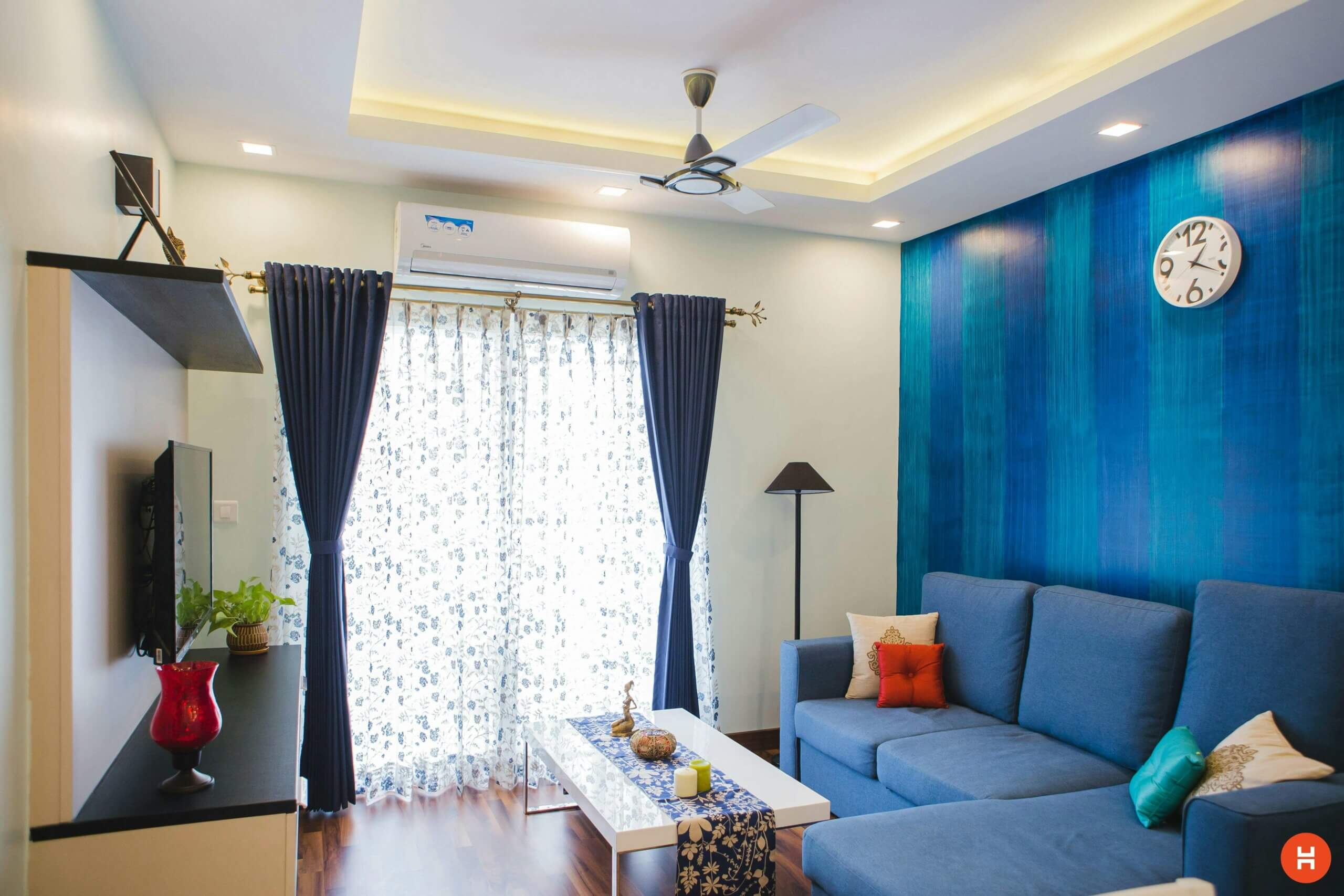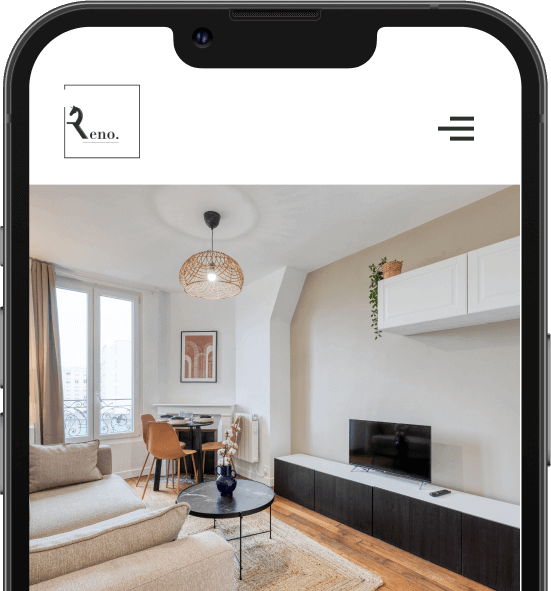A DPLG architect is an expert in their field. Whether for a new construction project, an extension, or a complete renovation, the services of an architect are often necessary. This applies even if you wish to carry out certain tasks yourself. Indeed, drawing up plans requires specific skills, and construction sites are generally governed by strict regulations. Thus, an architect is able to ensure all the required forms and requirements for the work. Indeed, they are responsible for managing projects and providing you with sound advice based on your wishes. Furthermore, the term DPLG architect (Government-certified architect) often comes up when searching for such a professional. So, what are their specificities? And what are their areas of expertise?
He is a true expert who has undergone many years of study.
A DPLG architect is an expert with a postgraduate degree. This includes certification as a project manager. Seven years of study at an accredited national architecture school are required to obtain the DPLG architect qualification. Obtaining this qualification is a guarantee of professionalism and expertise.
Furthermore, it is important to note that the term DPLG architect has not been used since 2007. Indeed, as part of the university reform in LMD (Bachelor-Master-Doctorate) for the harmonization of diplomas in Europe, the diploma was changed to DE (State Diploma). To this end, it is important to specify that the path followed by a state-certified architect is different from that of a DPLG architect.
The role of the DPLG architect
When considering the role of a licensed architect in construction or renovation, it is essential to recognize the significant impact a qualified professional can have on the success of a project. Indeed, licensed architects employ a range of skills and expertise that are crucial at every stage of project planning and management.
A certified architect excels in design. Their ability to visualize transformed spaces, integrate innovative architectural elements, and harmonize form and function is invaluable. By hiring such an expert, you can be sure that your building will become a truly artistic and functional work. Their mastery of architecture and interior design is a major asset, allowing them to create spaces that are both aesthetically pleasing and functional, in line with the client’s needs.
Another essential aspect is the DPLG architect’s ability to comply with standards. Regulations and legal constraints can be complex. Certified professionals know these requirements inside and out, ensuring that your project complies with all safety, construction, and urban planning standards. This expertise saves you a lot of hassle and potential delays, as your project is in expert hands.
Finally, the DPLG architect is adept at budget management. Construction can quickly become expensive if it isn’t properly planned and monitored. Qualified architects have mastered the art of project management, which means they can help you maximize the value of every dollar invested. They can develop realistic budgets, track expenses, and make adjustments along the way, ensuring that your construction or renovation stays within the financial limits you set. In short, the DPLG architect brings a dimension of professionalism, creativity, and efficiency to any architectural project.
Areas of expertise of a DPLG architect
Typically, a DPLG architect has a wide range of expertise. They are capable of drawing up plans, whether for a building, a house, a parking lot, or even a green space.
A complete mission
In the context of a construction project, the DPLG architect is often responsible for the entire project. In other words, they are responsible for coordinating the various companies and overseeing the entire project until the keys are handed over. Furthermore, it’s important to note that architects’ responsibilities are very broad. Thus, the number of tasks assigned to an architect depends largely on demand.
However, if the client requires a complete mission, the architect must carry out the following tasks:
- – the study and design of a section plan and sketches;
- – the development of a two- and three-dimensional plan according to needs;
- – consultation of quotes and companies for the report;
- – the application for building permits, mandatory prior declarations and the submission of administrative files;
- – the drafting of the General Administrative Clauses (CCAG) and the drafting of the Special Technical Clauses (CCTP);
- – ongoing monitoring of operations;
- – reception of works.
It’s worth noting that it’s also possible to contract with a DPLG architect to carry out a specific project. This way, you can relieve them of certain tasks to reduce the bill.
A partial mission
In addition to the fact that a DPLG architect is generally designated as the project manager, he can also take charge of specific missions.
The APS or the Preliminary Draft
DPLG architects can handle preliminary design studies, or APS. They ensure the feasibility of projects, taking into account topography, budget , and urban planning regulations, whether indoors or outdoors. For construction projects, the preliminary design includes the following elements:
- – The precision of the general composition in plan and volume;
- – Assessment of the interior volume and exterior appearance of the work;
- – The proposal of possible technical provisions;
- – The development of a production schedule or the division into functional sections;
- – The calculation and establishment of a provisional estimate of the forecast cost of the work.
DPLG architects can then present a site plan and sketches. The client can then make a choice based on the expert’s expert advice.
The detailed or final preliminary draft
As part of an APD (Preliminary Design) study, the DPLG architect is required to determine the detailed surfaces of all the elements of the program. He must also determine the appearance and dimensions of the work in plans, sections, and facades. Following this process, he must first define the construction principles, technical installations, and materials. He will then be able to establish a definitive estimate of the projected cost of the operations. This will allow the project owner to definitively finalize the program and establish the fixed remuneration package under the conditions stipulated in the contract.
DCE or business consultation file
Typically, DPLG architects are responsible for issuing a call for tenders. The DCE (Proposal for a Request for Proposal) or the business consultation file (DCE) contains the documents needed to consult with bidders. The architects’ role is to interview various service providers and companies to obtain the best value for money.
Monitoring of the work
It is possible to contract with a DPLG architect solely for the supervision of the work. Indeed, they handle the entire organization of the trades and the work to ensure the smooth running of the project.
The films
You can also hire a DPLG architect to carry out the measurements. This professional can establish precise measurements of built or new building areas, whether for a renovation or a sale.

You are just a few clicks away from renovating your home
The reasons for using a DPLG architect
The services of a DPLG architect are required for most architectural projects. Therefore, you should hire this professional if you plan to build a house or building with a surface area greater than or equal to 150 m². Hiring this professional is also mandatory for construction projects initiated by associations or economic interest groups.
Furthermore, it’s important to note that the services of a DPLG architect can be useful even if the building is less than 150 m². This is particularly the case when building a single-family home. To ensure that the house complies with current regulations and is perfectly executed, the presence of an architect can be a valuable aid. You’ll be able to take advantage of all the available space with a detailed plan to facilitate the process.
It should be noted that consulting an architect belonging to the French National Order of Buildings is necessary in certain cases. This includes the renovation and construction of a house or building in a listed area. Indeed, if you wish to carry out work near a historic monument, within the perimeter of a heritage site, or on a building listed as a historic monument, the presence of an architect is mandatory.
The difference between a DE, DE-HMONP and DPLG architect
The terms DE, DE-HMONP, and DPLG describe architects based on their training. Here’s a breakdown of what each of these terms means.
The DPLG architect
The term DPLG architect is the first designation for architects with a diploma. To practice the profession, obtaining this qualification and registering with the Order of Architects were mandatory after 1977. This was because architects had rights and responsibilities by taking an oath.
The DPLG diploma was awarded after 7 years of study and a probationary period until 2007. It is a title that allows one to practice project management in one’s own name. Thus, an architect with a government-issued diploma can assume all responsibilities within the framework of the realization of an architectural project of more than 150 m². However, having insurance is necessary in the profession to cover possible damages.
The architect OF
Since 2007, the DPLG architect diploma has been replaced by the DE (State Diploma) following the university reform in LMD. Thus, after 5 years of higher education within a national architecture school (ENSA Paris, INSA or ESA), an attendant can obtain the State Diploma. It is important to note, however, that the latter is not equivalent to the DPLG diploma. Furthermore, it allows one to practice the profession within an agency or as a civil servant.
The architect DE-HMONP
The equivalent of a DPLG architect is a DE-HMONP architect (State Diploma – Authorized to manage projects in his own name). This designation allows you to practice at the same level as a DPLG architect, after taking an oath with the Order of Architects. A DE architect can obtain this authorization in the following two ways:
- – After 150 hours of work-study courses in an architecture school and a 6-month professional placement;
- – After having accumulated 3 years of experience in an architectural firm as a DE architect, notably within the framework of a VAE (Validation of Acquired Experience).
– Just like a DPLG architect, a DE-HMONP architect can work independently or within an architectural firm. However, taking out ten-year or two-year insurance is mandatory to cover the repair of any damage after the construction site has been completed.
Guarantees provided by a DPLG architect
Hiring a DPLG architect offers several guarantees for a construction project. First, the profession offers a two-year warranty on the equipment installed as part of the contract. The architect also offers a perfect completion guarantee. In other words, this is insurance that protects the client from all defects until all reservations are resolved. It’s also important to mention the ten-year guarantee , which is valid for ten years on all structural work.
How to find a DPLG architect?
Finding and hiring a certified architect for your project can be essential to its success. Here’s how you can proceed and why working with this specialist is invaluable.
To find a licensed architect, the first step is to consult the French Order of Architects. This organization regulates the profession and can provide you with a list of experts in your area. It’s a reliable source for finding experienced licensed architects. Another option is to consult professional associations, specialized websites, or ask for recommendations from friends, colleagues, or neighbors who have worked with a licensed architect.
Once you’ve identified potential candidates, you’ll need to review their portfolios. Experienced licensed architects should have a strong track record to showcase, including similar projects. This will give you a sense of their style, expertise, and ability to meet your specific needs.
An essential aspect when searching for a licensed architect is meeting with candidates in person. A face-to-face meeting allows you to discuss your ideas, goals, and budget. It’s also an opportunity to assess the compatibility between you and the architect, as a harmonious collaboration is essential for a successful project.
One of the major benefits of working with a qualified DPLG architect is their ability to turn your ideas into a concrete reality. Their extensive training and expertise in architectural design allows them to design spaces that are both aesthetically pleasing and functional. They can also help you navigate regulations and standards , which is essential to avoid legal issues and delays. In addition, their rigorous budget management helps ensure your project stays within the financial limits you set for yourself. Ultimately, working with a DPLG architect brings an assurance of quality and professionalism to your renovation project.

The price of a DPLG architect
The cost of hiring a licensed architect can vary depending on several factors, including the nature and scope of the project, geographic location, and the architect’s level of expertise. However, it is essential for homeowners to understand the typical costs associated with hiring a licensed architect, as well as ways to manage their budget effectively.
A licensed architect’s fees are generally determined using different calculation methods. Some architects charge a percentage of the total project cost, which can range from 8% to 15%, depending on the complexity and size of the project. Other architects prefer to charge an hourly rate, which varies depending on their experience and geographic region.
- – The average salary of a DPLG architect in France is 43,000 euros per year or 24 euros per hour.
- – Those who start in the profession receive a salary of around 35,000 euros per year.
- – Those who are experienced, on the other hand, earn up to 60,000 euros per year.
The benefits of hiring a licensed architect generally justify the cost. Their expertise in design, project management, and compliance can help save money in the long run by avoiding costly mistakes. Additionally, their ability to optimize space utilization, maximize energy efficiency, and create timeless designs can increase the value of your property.
To manage your budget effectively while working with a DPLG architect, it is recommended that you openly discuss your financial constraints from the beginning of the process. The architect can adjust the project accordingly and propose solutions that fit your budget. Additionally, it is wise to request detailed quotes and regularly track expenses throughout the project to avoid budget overruns.
In some cases, it can be beneficial to choose an architect who offers comprehensive project management services, as this can simplify the coordination of all aspects of the project and avoid hidden costs. Ultimately, effectively managing your budget while benefiting from the services of a licensed architect will require open communication and proper planning. This approach will allow you to successfully complete your project without worrying about unforeseen expenses.
Property renovation with a DPLG architect: our advice
The DPLG architect is a key and valuable player in the success of renovation and construction projects. Their extensive training, expertise in architectural design, adherence to standards, and ability to effectively manage budgets make them essential professionals in bringing your projects to fruition.
The value of a DPLG architect lies in their ability to design spaces that combine aesthetics, functionality, and sustainability. They are also up-to-date with the latest trends in design and technology, allowing them to integrate modern elements into their projects.
Hiring a licensed architect is not only an investment in quality, it’s also insurance against costly mistakes and potential delays. Their willingness to adhere to standards and navigate regulations is crucial to avoiding legal issues. Furthermore, their rigorous budget management helps ensure the project stays within the financial limits you set.
We strongly encourage homeowners to seriously consider hiring a licensed architect for their future projects. By collaborating with these experts, you will benefit from invaluable expertise that will help bring your dreams to life in an efficient, aesthetically pleasing, and compliant manner. Don’t underestimate the positive impact a licensed architect can have on the success of your project. Their contribution can make all the difference between an ordinary renovation and a truly remarkable transformation.







